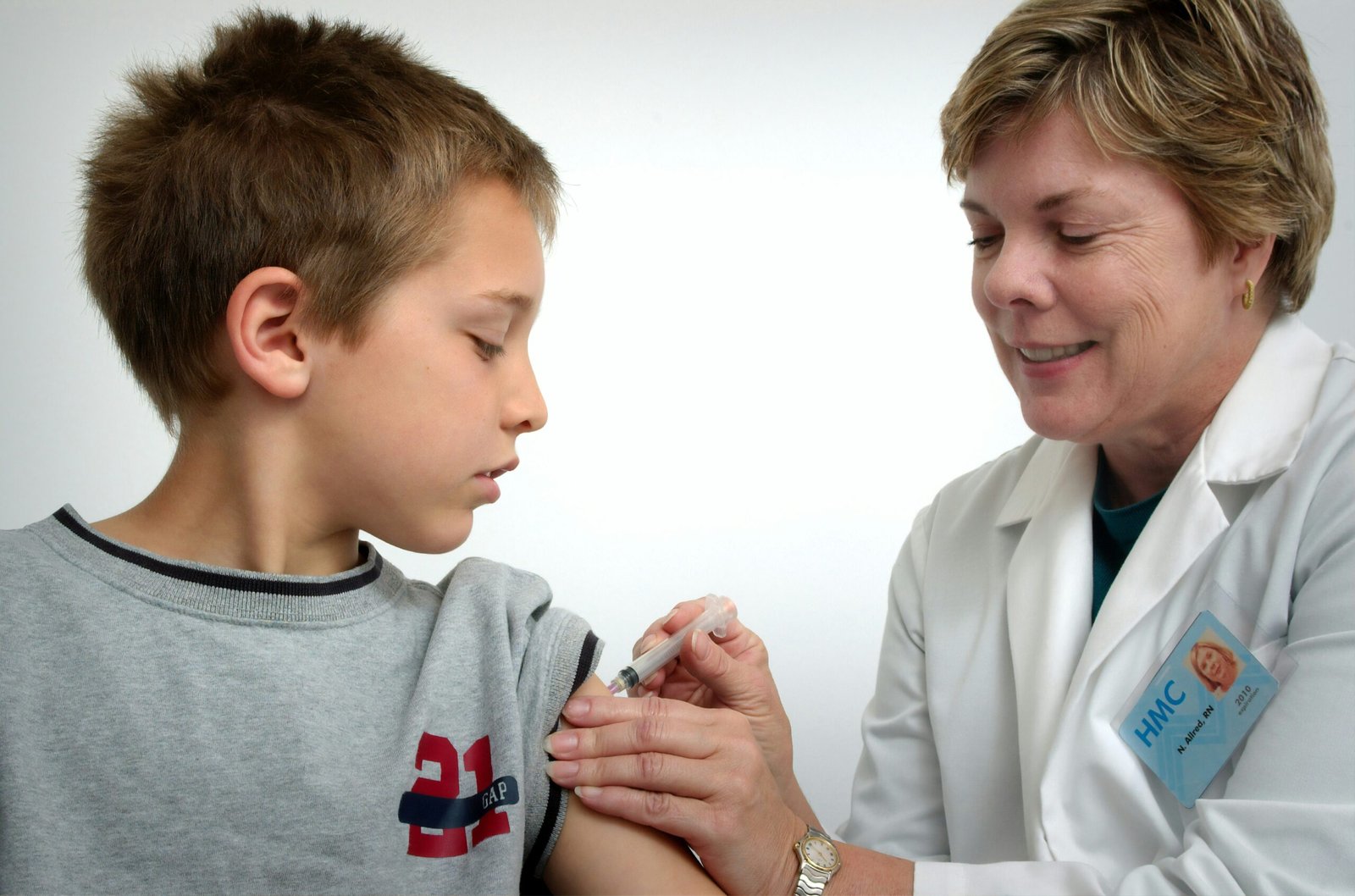Overview of the CDC Study and Its Findings
The Centers for Disease Control and Prevention (CDC) recently published a comprehensive study that reveals a concerning rise in stroke incidence among younger adults, specifically those aged 18-44. The meticulous study employed a robust methodology, analyzing data from national health databases, hospital records, and longitudinal surveys to ensure a comprehensive understanding of the trend. The study population was diverse, encompassing various demographics such as gender, race, and geographic location, which provided a multidimensional view of the evolving stroke landscape.
Key findings from the CDC study indicate a significant uptick in the number of stroke cases among younger adults over the past decade. Statistical data show that the incidence rate has increased by approximately 20% in this age group. Notably, the study uncovered disparities based on gender, with men experiencing a slightly higher increase in stroke occurrences compared to women. Racial differences were also evident, with African American and Hispanic populations showing a more pronounced rise in stroke cases than their Caucasian counterparts. Geographically, the southern and midwestern regions of the United States reported higher incidences, suggesting potential regional factors influencing the trend.
The study delves into possible reasons behind this alarming increase. Lifestyle changes such as higher rates of obesity, sedentary behavior, and poor dietary habits are significant contributors. Furthermore, younger adults today may face increased stress levels and mental health challenges, which are known risk factors for stroke. The study also highlights issues related to healthcare access, noting that disparities in insurance coverage and medical care quality can exacerbate stroke risks. Underlying health conditions, including hypertension, diabetes, and hyperlipidemia, have also been identified as prevalent among the younger demographic, further elevating their stroke risk.
In conclusion, the CDC’s findings underline the urgent need for targeted public health interventions and awareness campaigns aimed at younger adults. By addressing lifestyle factors, improving healthcare access, and managing underlying health conditions, it may be possible to mitigate this troubling trend and enhance the overall well-being of younger populations.
Implications and Preventative Measures
The alarming increase in stroke incidence among younger adults, as revealed by the CDC study, has profound implications for public health, healthcare systems, and policy-making. This trend suggests a potential shift in the demographic burden of stroke, traditionally associated with older adults, toward a younger population. Such a shift could lead to increased healthcare costs and strain on medical resources, as well as significant impacts on the economic productivity of the affected individuals who may face long-term disability and reduced quality of life.
To address these challenges, it is crucial to implement effective preventative measures. Lifestyle modifications are paramount in mitigating stroke risk among younger adults. Encouraging a balanced diet, regular physical activity, smoking cessation, and moderation in alcohol consumption can significantly reduce the likelihood of stroke. Public health campaigns play a vital role in raising awareness about these lifestyle changes and educating people about the risk factors associated with stroke.
Medical interventions also form a critical part of stroke prevention. Regular health check-ups and monitoring of blood pressure, cholesterol levels, and blood sugar can help identify and manage conditions that predispose individuals to stroke. Medications such as antihypertensives, statins, and anticoagulants may be prescribed to those at high risk. Moreover, recognizing the symptoms of stroke, such as sudden numbness, confusion, trouble speaking, or difficulty walking, and seeking immediate medical attention can be life-saving. The acronym FAST (Face drooping, Arm weakness, Speech difficulty, Time to call emergency services) is a helpful tool in identifying and responding to stroke symptoms promptly.
Ongoing research is crucial in the fight against stroke. Advances in medical technology and treatments continue to evolve, offering new hope for prevention and recovery. Future directions in stroke prevention and treatment may include the development of more precise diagnostic tools, innovative therapeutic approaches, and personalized medicine tailored to individual risk profiles.
In conclusion, the increase in stroke incidence among younger adults necessitates a comprehensive approach encompassing lifestyle changes, public health initiatives, medical interventions, and continued research. By addressing these areas, we can work towards reducing the burden of stroke on younger populations and improving overall public health outcomes.



































